Derek J. Sherwood is the author and researcher behind 2011’s “Who Killed Betsy? Uncovering Penn State University’s Most Notorious Unsolved Crime,” and 2018’s “Justice Perverted: The Molestation Mistrial of Richard Charles Haefner.”
December 21st, 2019 will mark 81 years since the discovery of the murdered body of Kingston, PA college graduate Margaret Martin, who had disappeared while en-route to a supposed job interview on December 17th. Her destination, Kingston Corners, was a short walk from the family home on Covert street and was teeming with shoppers making last-minute Christmas purchases. She never arrived, and very few witnesses were ever able to even place her there before she was found a few days later wrapped in a burlap sack floating in a nearby creek. Despite an exhaustive investigation, her killer was never found. You can read more about Margaret’s story here: https://morbidology.com/the-unsolved-sawmill-murder-margaret-martin/
What most people do not know is that Martin’s abduction and murder were the first in what was believed by the Pennsylvania Motor Patrol (a fledgling organization formed in early 1938 by hastily combining the State Police, who investigated crimes, with the State Highway Patrol, who issued traffic citations and vehicle registrations) to be a serial killer on the loose in central Pennsylvania. Their response to this belief would color their investigation and most likely lead to its eventual failure.
In my most recent book, “Nittany Nightmare: The Sex Murders of 1938-1940 and the Panic at Penn State,” I decided to finally take a hard look back at the history and try to answer a number of questions. Was there in fact a serial killer? Why wasn’t he ever caught? And perhaps most importantly, what reasons can we uncover that might explain these events, given the modern era’s relatively efficient police investigative procedures? I found what I believe to be the answers to all of these questions and maybe even a few more.
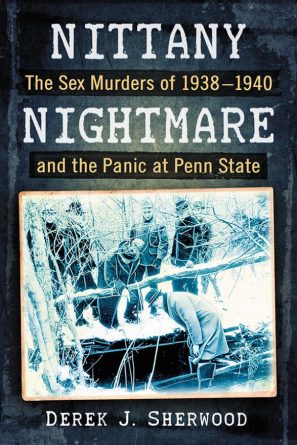
In March of 1940, with a new Motor Patrol Commissioner, Lynn Adams, Penn State College (a forerunner to Pennsylvania State University) would be drawn into the drama that had gripped Kingston just a year before. Rachel Taylor, a 17-year-old college freshman from Wildwood, New Jersey in her second semester at school was returning late to the College campus on a Greyhound bus after spending Easter break with her family.
She never made it back to her dorm, disappearing from East College Avenue as quickly and completely as Margaret Martin had disappeared from Kingston – until the next morning. The janitor of a local elementary school tripped over her body as he made his way up the driveway in the morning fog to light the boilers for that day’s classes. Again the Pennsylvania Motor Police would be called, and again there would be an exhaustive investigation – this time with the close involvement of the College and its’ administration. Again, the result would be the same – no resolution. Colonel Adams quickly began trumpeting the idea that there was one man behind these two murders – a “sex moron,” who appeared normal in all other respects. The community was on edge.
The College was going through its own set of problems – the Great Depression had severely limited tax revenue and therefore state funding for the school. The buildings, on the whole, were decrepit and in some cases unsuitable for holding classes. The College President, Ralph Hetzel, was dealing with these issues as well as with the decision to remove academic scholarships for athletes to try to improve academics – a move which proved disastrous in the midst of the Depression. The football team’s new coach, Bob Higgins (brother of famed birth control advocate Margaret Sanger), had his work cut out for him.
Finally, the third crime in the series occurred just a month and a few days after Rachel’s murder. Pretty, blonde-haired Faye Gates was found brutally murdered outside of her father’s new car one morning after an innocent evening dancing and getting ice cream with some friends. Colonel Adams went into high gear, and the College began to see financial implications as women canceled registration for summer classes to avoid the area and it’s “murder problem.” There was heavy criticism of the Motor Patrol’s response and their failure to find the killer, and Colonel Adams’ ability was questioned by the Pennsylvania House of Representatives.
The Motor Patrol did eventually track down Faye Gates’ killer – and recover some of their tarnished pride – but Margaret Martin and Rachel Taylor’s murderer(s) were never caught. I provide some possible new suspects in my book, along with the full stories of the development of the College, the Great Depression, the State Police, and the Nittany Lions football team. Pulling not only from contemporary newspaper reports of the time, but from over a dozen Freedom of Information Act requests, the book will paint you a picture of the era that no one has ever seen before. There are a number of related crimes and incidents from the same era, and the full story of the “Nittany Nightmare” tells a tale of a College administration desperate to cover up its first student murder, a police agency desperate to prove its worth in solving crime, and a football team desperate to win with players who were in the game only because they loved it, not because they were being paid for it. Take a look – I think you will enjoy a piece of Pennsylvania history and true crime 80 years in the making.
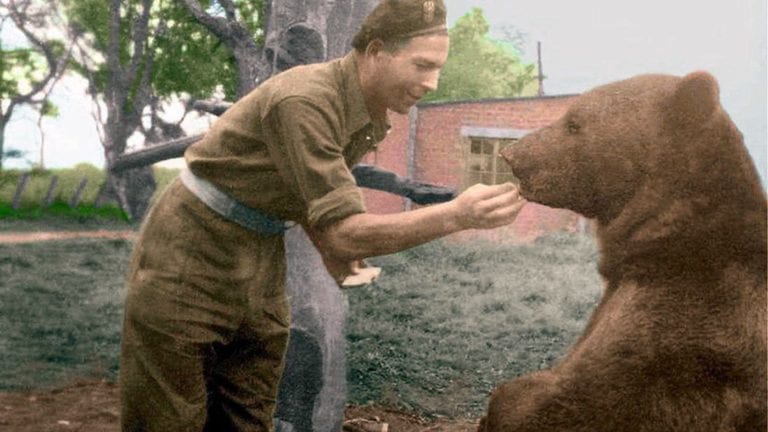
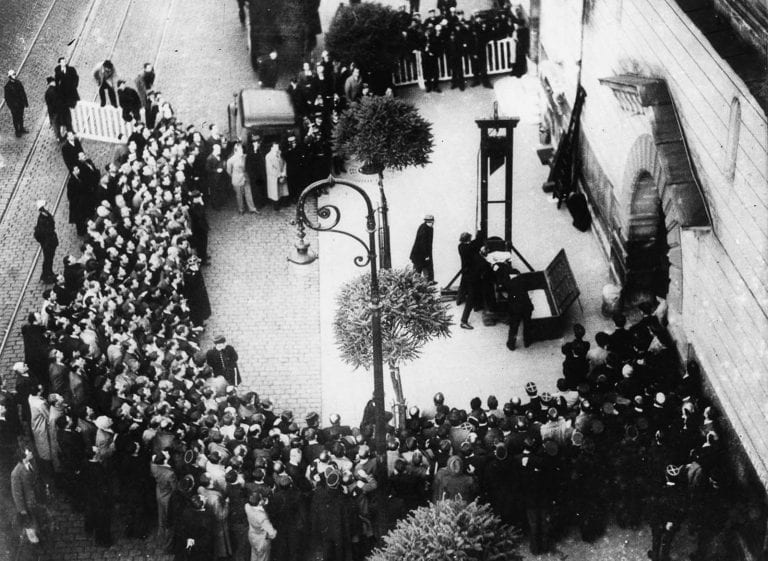
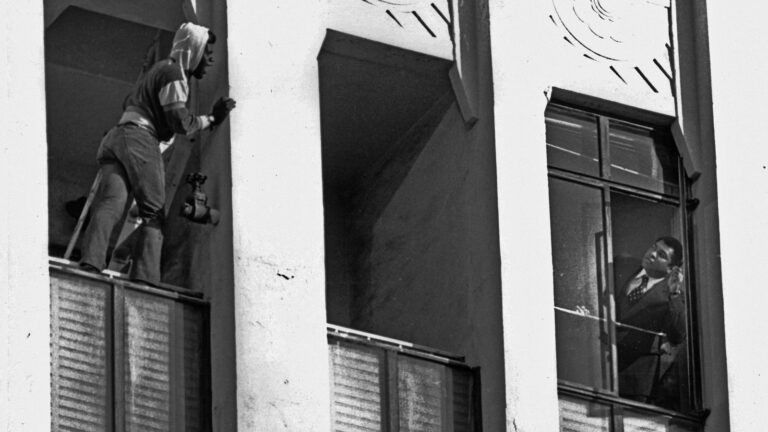
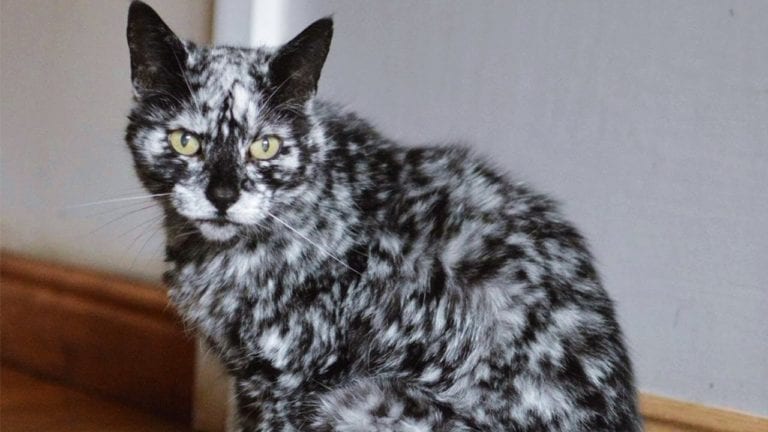
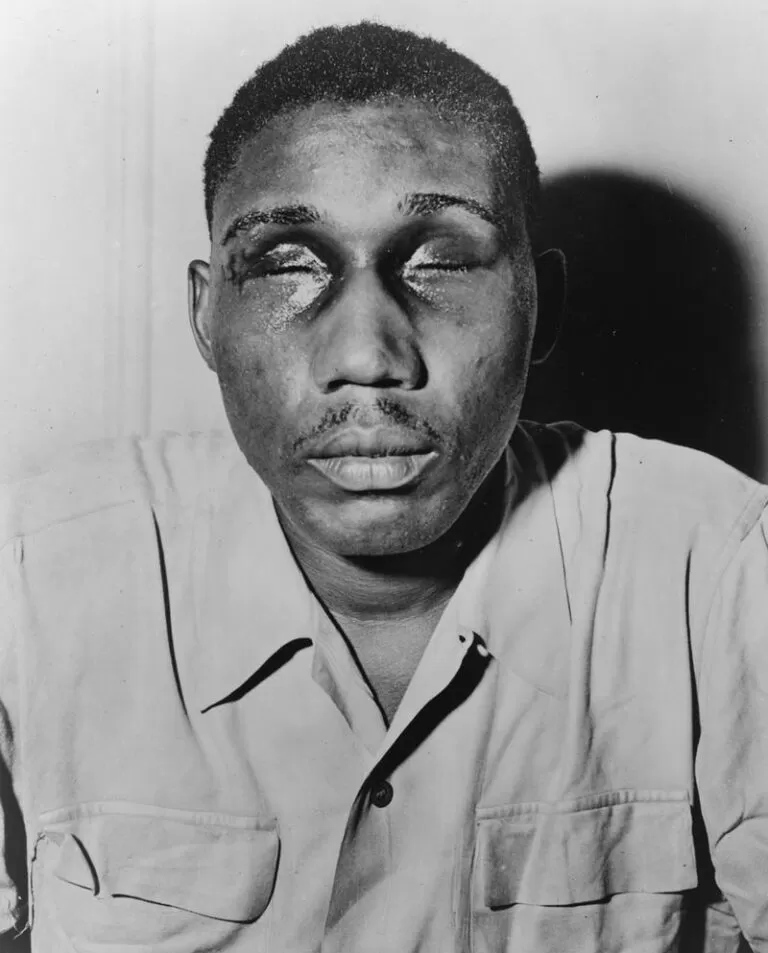
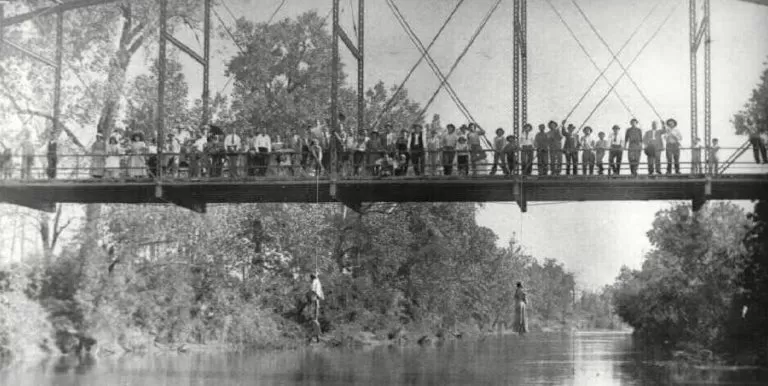
Comments:
My grandfather was the janitor who found Rachel Taylor. Interestingly, my mother’s older sister who was 3 at the time was found dead with her head bashed. the family often wondered if it was some how related to the Rachel Taylor case.
I got your grandmother’s letter and I did correct his name in the next printing! So sorry about that Harold/Howard error but I had seen it reported both ways so I took a chance and was wrong.
I would love to talk to you further about it if you can email me: derekjsherwood@yahoo.com
I gave your grandmother my phone number but never heard back. I assumed it was because long-distance is still pricy for the elderly.
I really enjoyed this book. Thanks for your work Derek.
Thanks Casey! This one was a labor of love for me, because there was so little about Rachel Taylor out there, and I wanted to know more. Leave me an Amazon review if you can, it really helps.